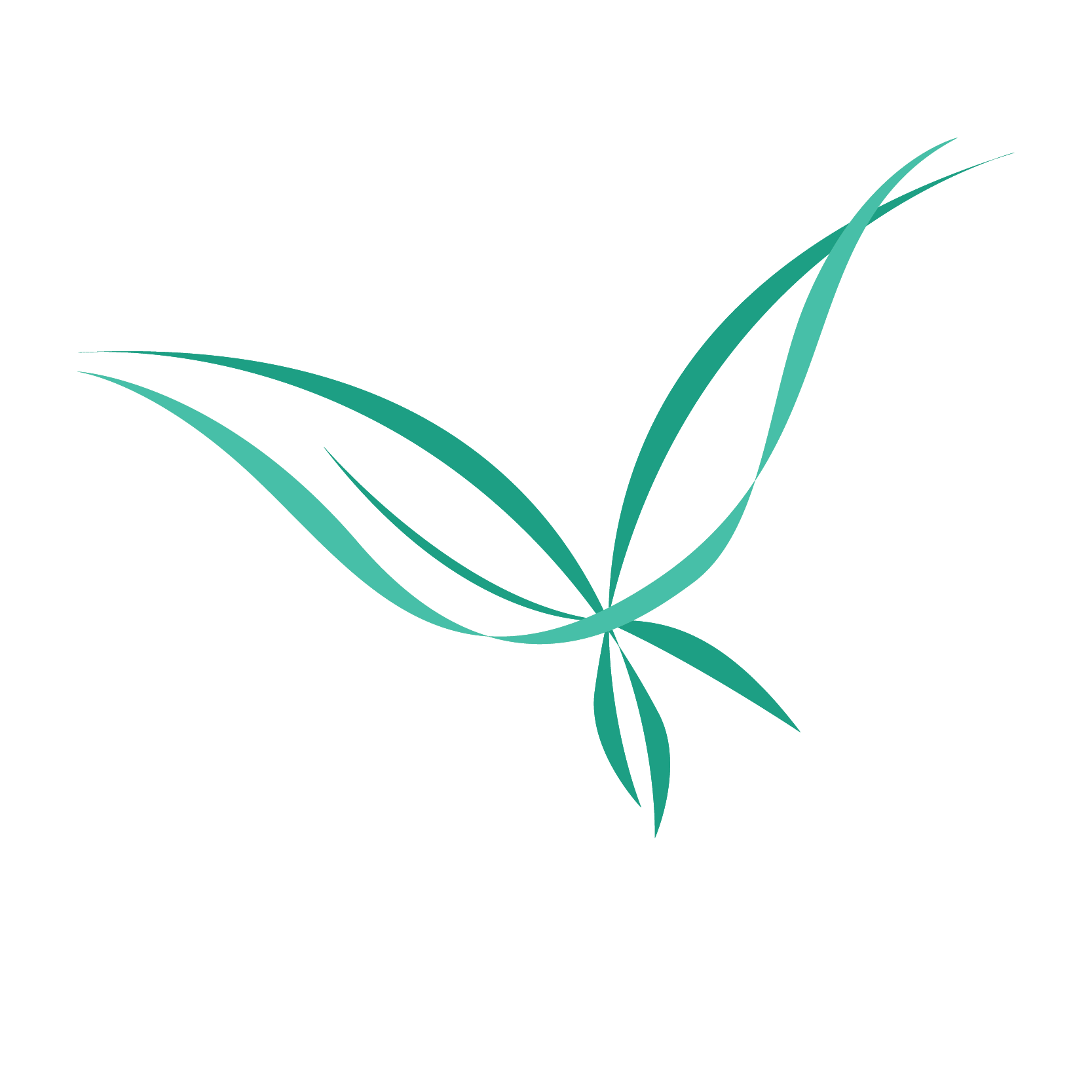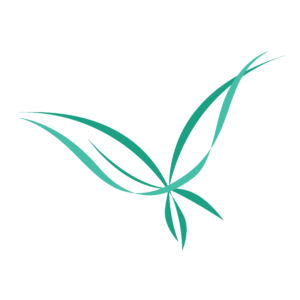
Nose size, shape and straightness often come into play when someone is investigating Rhinoplasty surgery. But there are other nose shape concerns that may lead people to consider their surgical options.
If you are considering a Rhinoplasty (Nose Surgery), you may want to know the key nose comcerns that can often be alleviated with this type of procedure. In this blog, we cover the most frequently heard concerns about noses that lead individuals to explore their surgical options for reshaping, resizing or re-positioning certain structures of the nose
Considering Rhinoplasty Surgery? Download our Guide
Download the 2023 Rhinoplasty Surgery Guide
This complete guide to nose surgery covers everything you need to know about this procedure, including:
- Your surgery explained
- How to assess if you are a good candidate.
- Planning for your surgery
- Answers to most frequently asked questions.
- Before and after gallery
- Learn more on Rhinoplasty
Reasons People May Elect to Have Rhinoplasty Procedures
Rhinoplasty (Nose Reshaping Surgery) remains one of the most popular cosmetic procedures for both women and men. Whilst some people opt for this procedure for purely aesthetic reasons, Nose surgery may also help correct functional and medical concerns.
Rhinoplasty surgery may help to improve medical conditions such as:
- Damage to the nose bridge or internal nasal structures
- Sinus infections
- A broken or crooked nose that impairs breathing
- Mild sleep apnea
- A Deviated septum
Rhinoplasty is sometimes sought to alter the overall facial appearance by reshaping the nose length, tip shape, straightness, nose position or height of the nose bridge. As the nose is such a central feature of your face, corrective nose surgery may have a big impact on your facial balance.
Before and After Rhinoplasty Surgery by Dr Stephen Kleid
Click here for Rhinoplasty before and after photos.
REDUCED BEFORE AND AFTER PHOTOS
As a result of the revised AHPRA guidelines that came into effect on July 1st, 2023, our website is currently undergoing significant modifications. This has necessitated the removal of a substantial portion of our Before and After photos due to non-compliance with the updated regulations. While our primary priority is to ensure the accuracy and relevance of our content, we are committed to reintroducing a wider selection of before and after photos as soon as possible.
6 Common Concerns that Rhinoplasty Surgery may help
Below is a list of the most commonly expressed concerns about nose appearance that lead individuals to consider Nose Surgery.
1. A Wide or Flat bridge
- The type of nose that is either on the wide side (broad) or flat across the bridge, is especially common in many Asian, African and Hispanic ethnicities.
- Asian Rhinoplasty surgery may correct this by reducing the width of the nasal bridge, adjusting the tip of the nose as well as altering the base of the nose.
- The procedure most frequently used for a flat or low bridge is called ‘Augmentation Rhinoplasty’, which may involve using bridge implants.
- After nose bridge augmentation surgery, most patients may notice an altered contour of the entire nose.
- However, you must be aware that the healing process can take up to a year or more before the related swelling resolves completely.
2. A large bulbous tip
- Patients who complain of this nose trait tend to have a more rounded tip due to the shape of the lower lateral cartilages.
- If you have a bulbous nose tip, it may make your nose look disproportionately big, overly wide – or even both.
- Rhinoplasty may alter a bulbous, rounded nasal tip by reshaping the lower lateral cartilage.
- This, in turn, creates a softer triangular appearance.
3. The nose is considered too big or long
- When a person’s nose is overly big, long or both – it can become the focus of unwanted attention.
- A large or long nose can also pull focus and detract from other facial features.
- A complex Rhinoplasty, involving a reduction in the nasal tip along with the creation of shorter, smaller nose, can involve quite advanced nose reshaping techniques.
- This nose surgery may, however, help the person gain a more balanced facial profile and a front-view that complements the entire face.
4. Overly pointed
- A pointy nose is often the result of projecting nasal septum cartilage or excess cartilage at the tip of the nose.
- A reduction of this cartilage through nose reshaping surgery may be effective over the longer term once any swelling resolves.
- Rhinoplasty procedures to alter a pointy nose can not only reduce the size of the nose but round the nose tip-off, resulting in a softer looking tip appearance.
- This, in turn, changes the entire nose appearance and the overall facial balance.
5. The nose is crooked
- A crooked nose can be due to an injury or to facial trauma during the birth process
- A crooked nose might also stem from hereditary factors – including a potential overgrowth of cartilages and bones that ends up pulling part of the nose ‘off to one side.’
- This type of concern is often more difficult to correct.
- Rhinoplasty may effectively resolve the issue.
- To fix a very crooked nose, the nasal bones must typically be reset through osteotomies.
- That is a fairly complex and often more invasive procedure compared to Tip Rhinoplasty or Bridge Augmentation.
See Aquiline Nose Surgery for a Hooked or Crooked Nose Correction here.
6. A prominent hump or nose-bridge bump.
- Nasal humps can vary greatly in size and detract from the rest of the face by drawing attention away from the eyes.
- When consulting with your Surgeon, it’s important to communicate the amount of reduction you desire.
- Some patients may prefer to eliminate the hump entirely to make the bridge of the nose completely straighter.
- Other patients may choose to keep some bridge fullness in order to maintain ethnic or family features.
Next steps: What to consider before going ahead with Nose Surgery
Before proceeding with nose surgery, it’s essential to consider several factors:
- Reasons and Expectations
- Clearly define your reasons for wanting rhinoplasty and set realistic expectations.
- Understand that the procedure may alter the appearance and function of your nose but there is no such thing as perfect.
- Qualified Surgeon
- Choose an experienced surgeon with experience in rhinoplasty.
- Research their credentials, reviews, and before-and-after photos.
- Consultation
- Schedule a consultation with your chosen surgeon.
- Discuss your goals, concerns, and the specific changes you desire. Ensure you have open communication with your surgeon.
- Medical Evaluation
- Undergo a comprehensive medical evaluation to determine your candidacy for surgery.
- Provide your surgeon with your medical history, including any allergies, prior surgeries, and current medications.
- Cost
- Rhinoplasty costs can vary widely. Understand the full cost of the procedure, including surgeon fees, anesthesia, facility fees, and any post-operative care.
- Recovery Time
- Rhinoplasty involves a recovery period. You may need time off work or social activities.
- Discuss your post-surgery plans with your surgeon.
- Risks and Complications
- Be aware of the potential risks and complications associated with rhinoplasty.
- Your surgeon will discuss these with you during a consultation.
- Detailed Plan
- Work with your surgeon to develop a detailed surgical plan.
- Ensure you understand the techniques they will use and how the final result aligns with your goals.
- Before and After Care
- Follow your surgeon’s pre-operative and post-operative care instructions carefully.
- This includes avoiding certain medications and preparing your home for recovery.
- Support System
- Have a support system in place. Recovery can sometimes be challenging. Family and friends can help with daily activities and provide support.
- Alternative Options
- Explore non-surgical alternatives for addressing your concerns, as some issues may not require surgery.
Remember that Rhinoplasty is a highly individualised procedure. Take your time to make an informed decision and choose a surgeon you trust. Open and honest communication with your surgeon is vital.
Always Choose a qualified & highly experienced Nose Surgeon

Dr Stephen Kleid is an ENT (Ear, Nose and Throat) Surgeon. His specialties are Rhinoplasty, Septoplasty, Revision Rhinoplasty and resolving breathing issues. He is a Member of the American Academy of Otolaryngology, Head and Neck Surgery, to which all ENT (Ear, Nose and Throat) information stems.
If you want to learn more about our Surgeons or to get a quote for a Nose Reshaping procedure, please phone (03) 8849 1400 or email us at reception@cocoruby.com.au
Further Reading
If you would like to learn more about Rhinoplasty you can read more by clicking any of the links below;


